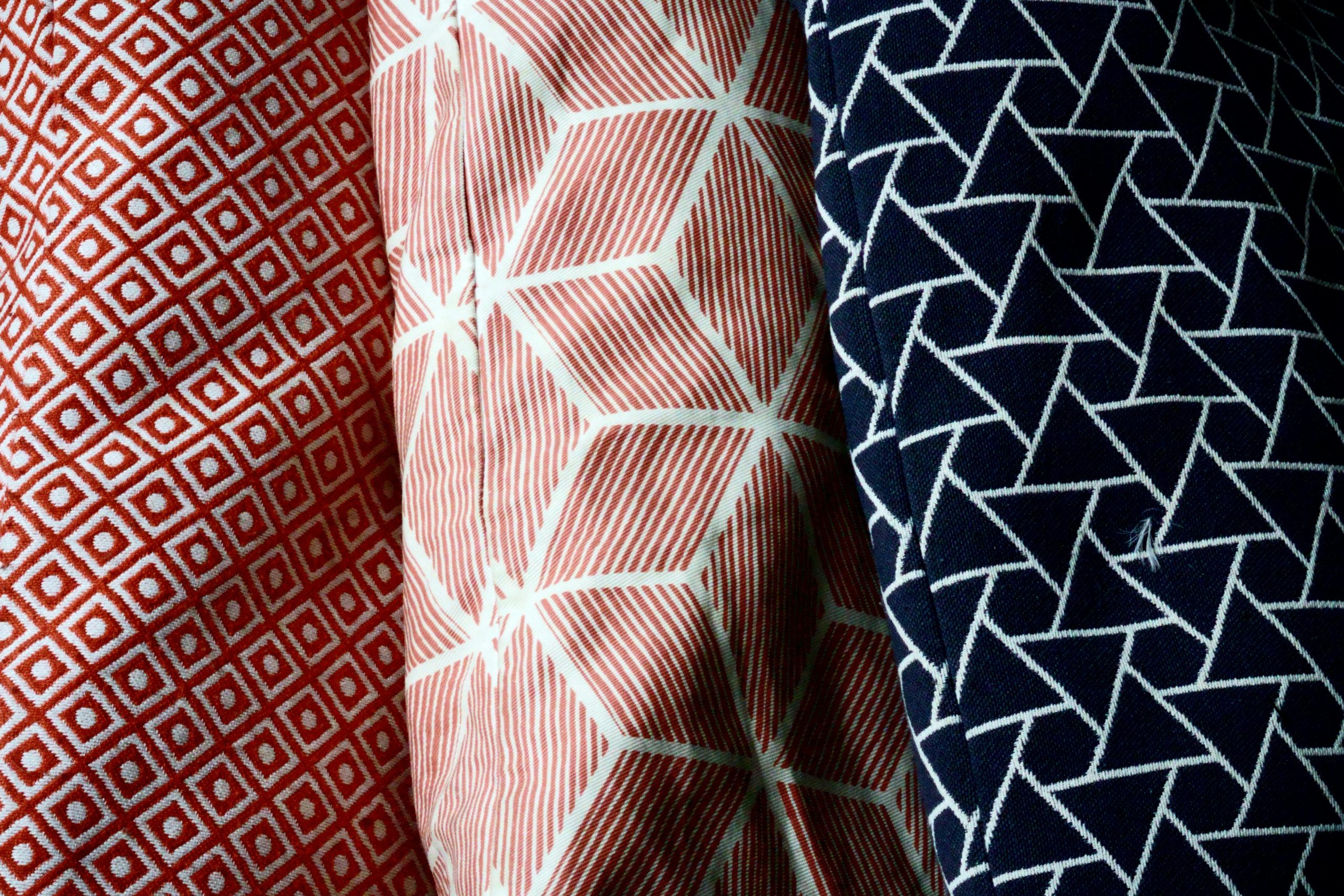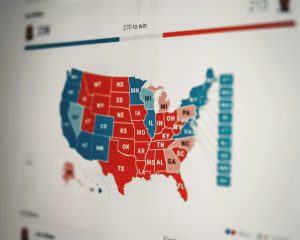Biodegradable fabrics and their mainstream fashion adoption
The fashion industry has often been criticized for its negative impact on the environment. From sweatshop labor to pollution from fabric production, the industry has a long way to go in terms of sustainability. However, a shift towards biodegradable fabrics is gaining momentum, offering a glimmer of hope for a more eco-friendly future. With mainstream fashion brands beginning to adopt these fabrics, it’s time to take a closer look at what they are and how they’re making a difference.
The Rise of Biodegradable Fabrics
Biodegradable fabrics, also known as compostable or bio-based fabrics, are materials made from natural sources that can break down and decompose in a shorter period compared to traditional fabrics. These materials are typically derived from renewable resources such as plants, making them environmentally friendly alternatives to synthetic fabrics. With the growing concern over climate change and unsustainable practices, the fashion industry is shifting towards using biodegradable fabrics as a solution.
Types of Biodegradable Fabrics
There is a wide range of biodegradable fabrics available, each with their unique benefits and properties. Some of the most commonly used biodegradable fabrics include:
1. Organic Cotton
Organic cotton is grown without the use of harmful pesticides and chemicals, making it one of the most environmentally friendly fabrics available. It is biodegradable and can decompose in 5-6 months, whereas conventional cotton can take up to 40 years to break down. Moreover, the production of organic cotton uses significantly less water, making it a more sustainable option for fashion brands.
2. Hemp
Hemp is a highly versatile plant that can be used to make a variety of products, including clothing. It is naturally resistant to pests and requires very little water and pesticides to grow. Aside from being biodegradable, it’s also known for its durability, making it a long-lasting option for garments.
3. Lyocell
Lyocell, also known as Tencel, is made from wood pulp and has become increasingly popular in the fashion industry. It is biodegradable and has a low environmental impact, as the manufacturing process uses a closed-loop system, which minimizes waste and chemical pollution. Lyocell is also known for its softness and breathability, making it a popular choice for sustainable fashion.
The Impact of Biodegradable Fabrics on the Fashion Industry
The fashion industry is one of the biggest contributors to environmental pollution, with textile production accounting for 20% of industrial water pollution globally. By adopting biodegradable fabrics, fashion brands can reduce their carbon footprint and contribute to a more sustainable future. Moreover, the shift towards biodegradable fabrics can also benefit the industry economically. With consumers becoming more conscious of their purchasing choices, sustainable and eco-friendly fashion is in high demand. This has led to an increase in sales for brands that use biodegradable fabrics, proving that sustainability and style can go hand in hand.
Mainstream Fashion Brands Embracing Change
Several mainstream fashion brands, from high-end luxury to fast fashion, have recently adopted biodegradable fabrics, signaling a significant shift in the industry. For instance, luxury fashion house Stella McCartney is known for its commitment to using sustainable materials, including organic cotton and biodegradable polymers, in its collections. Fast fashion giant H&M has also introduced a range of sustainable options, including collections made from bio-based fabrics.
Moreover, new brands are emerging that focus solely on sustainable and biodegradable materials, making eco-friendly fashion more accessible and mainstream. This shows that the shift towards biodegradable fabrics is not just a trend but a sustainable movement that is here to stay.
Challenges and Future Possibilities
While biodegradable fabrics offer a promising solution, there are still challenges that need to be addressed. With the production of clothing being a highly complex and globalized industry, implementing sustainable practices on a larger scale can be difficult. Additionally, the cost of using biodegradable fabrics can also be a barrier for some fashion brands. However, with advancements in technology and an increasing number of sustainable options becoming available, there is hope for a more sustainable future for the fashion industry.
In conclusion, the adoption of biodegradable fabrics in mainstream fashion is a significant step towards a more sustainable industry. As consumers become more aware and demanding of sustainable practices, it is crucial for fashion brands to continue pushing for change. With the right combination of innovative technologies, sustainable materials, and consumer demand, the fashion industry has the potential to revolutionize and become a leader in creating a better tomorrow.










